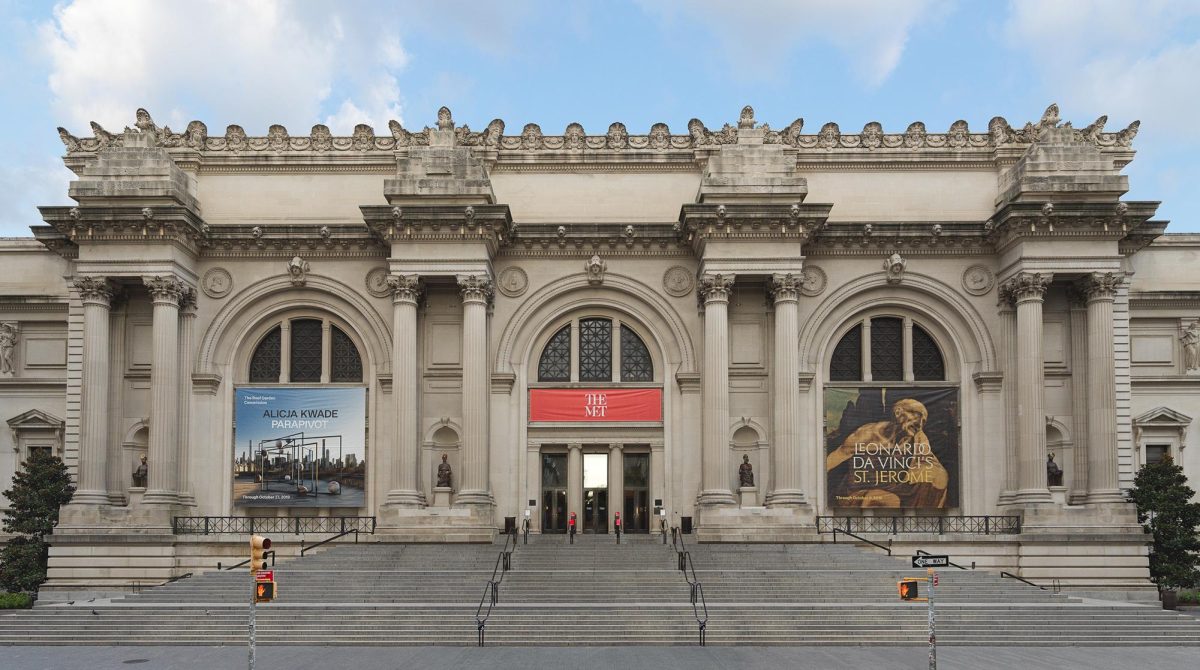 Each week, the Lasso Editorial Board will comment on an issue that is relevant to the students at George Mason High School. We strive to present a student-oriented opinion about topics big and small that matter to all of Mustang Nation.
Each week, the Lasso Editorial Board will comment on an issue that is relevant to the students at George Mason High School. We strive to present a student-oriented opinion about topics big and small that matter to all of Mustang Nation.
CORRECTION: In a previous version of this editorial, the Editorial Board failed to point out where and when Mr. Farrell Kelly’s comment originated. It has been updated and contextualized in this version.
As Middle Years Program (MYP) Coordinator Ms. Laura Lane and Personal Project Coordinator Ms. Carolyn Pollack approached the front of the auditorium during the Sophomore Class Conversation on the first week of school, they were greeted with sighs and groans from the student body. Their presentation reminded students, after a long and enjoyable summer, of the dreaded MYP Personal Project.
In a presentation to George Mason parents from last school year, personal project coordinator Mr. Farrell Kelly said, “The MYP Project is a chance for students to use what they have learned – the skills that they have learned – and apply them to… something that matters to them.”
While we agree with the ideals and aims of the project, the specifics and processes of how it is implemented at GM make it a headache for most students.
Students have been told that their incentive is wholly intrinsic. For instance, The MYP Personal Project is only evaluated based on completion, and the quality of the content has no effect on grades or transcripts.
In reality, students at George Mason are incentivized primarily by grades. Most students emphasize the work in their classes, which are associated with a grade on their transcript. Therefore these sophomores appear less motivated to devote time and effort to their projects.
“I take many other classes, and I prioritize work in those classes over the MYP project [because there are grades],” sophomore Milan Bastiampillai said.
Each student is also assigned an advisor. The majority of advisors are teachers from across the school system, and often they lack background knowledge in the content of their student’s respective projects. Some advisors are tasked with advising multiple projects. All have busy schedules. As a result, when advisors are able to find the time to meet with their students, sessions can be limited in productivity.
Thus, advisors may only be able to offer limited help to students. While some students may benefit from simple supervision, we believe some would achieve greater success with a better system.
“Honestly, I would find it easier and more enjoyable to do my project without an advisor,” Sophomore Caleb Parnell said.
One alternative could be that students who want to work with an adviser – an expert in the field of study – could request one.
Another requirement of the project is for students to fill out a “process journal”. According to Ms. Pollack, the purpose of this work log is to be reflective.
“One of the learner profile traits is reflective and the ‘process journal’ is exactly that. It is reflection… at the end of the experience [the students] can look back at the changes they’ve gone through or the things that have happened,” Ms. Pollack told The Lasso.
“The Process Journal feels like just another requirement. I don’t really find it useful,” Sophomore Niharika Singhvi said.
Meaningful reflection requires serious thought and consideration. However, the MYP Personal Project Process Journal allows students to submit a single picture or a quick few sentences to complete this requirement. Since students are required to reflect on the project once it is completed, wouldn’t it make more sense to eliminate the bare minimum reflections of the Process Journal and only ask students to reflect at the conclusion of the project?
The Process Journal’s triviality further alienates students like Singhvi, who already questioned the project’s overall importance.
The MYP Personal Project is ambitious. However, as it stands today, it lacks meaningful incentives. The advisor process is imperfect. And the Process Journal fails to promote quality reflection, bordering on tedious thoughtless exercise. These faults must be addressed before the project can achieve its ambitious goals.








